2 Inch Ball Valve
A 2 Inch Ball Valve is a versatile and essential component in plumbing and industrial systems, known for its reliability, durability, and ease of operation. This comprehensive description will explore its design, materials, applications, operation, installation methods, advantages, and considerations for optimal use in various settings.
Design and Construction
A 2 Inch Ball Valve consists of several key components that contribute to its functionality and performance:
- Size: The term “2 Inch Ball Valve” refers to the diameter of the valve’s internal passage, which determines its flow capacity and compatibility with pipes of the same size.
- Body: Typically made from materials such as brass, stainless steel, or PVC, the valve body provides structural integrity and houses the internal components.
- Ball: The heart of the valve, a spherical ball with a hole (bore) through its center. When the valve is open, the bore aligns with the pipe to allow fluid or gas flow. Rotating the handle 90 degrees closes the valve by turning the bore perpendicular to the flow, effectively stopping it.
- Seat: Located inside the valve body, the seat forms a tight seal against the ball when the valve is closed, preventing leakage.
- Handle or Actuator: Used to control the valve’s operation, typically a lever-style handle for manual valves or an actuator for automated (motorized or pneumatic) valves.
Materials
Ball valves are available in various materials to suit different applications and operating conditions:
- Brass: Commonly used in residential and light industrial applications due to its corrosion resistance and affordability.
- Stainless Steel: Offers excellent corrosion resistance and durability, suitable for high-pressure and corrosive environments.
- PVC (Polyvinyl Chloride): Lightweight, economical, and resistant to corrosion, often used in water treatment and chemical processing applications.
- Bronze: Provides excellent strength and corrosion resistance, suitable for marine and seawater applications.
Applications
The 2 Inch Ball Valve is widely used across diverse industries and applications, including:
- Water Supply Systems: Used in residential and commercial plumbing systems to control the flow of potable water.
- Industrial Processes: Essential in manufacturing facilities for regulating the flow of liquids or gases in pipelines.
- HVAC Systems: Integrated into heating, ventilation, and air conditioning systems for controlling the flow of refrigerants or water.
- Oil and Gas Industry: Utilized in pipelines and refineries for managing the flow of oil, gas, and other fluids.
- Chemical Processing: Suitable for handling various chemicals and corrosive substances due to their resistance to chemical attack.
Operation
Operating a 2-inch ball valve involves simple and efficient control of fluid or gas flow:
- Open Position: Turning the handle 90 degrees aligns the bore of the ball with the pipe, allowing fluid or gas to flow through the valve.
- Closed Position: Rotating the handle another 90 degrees (total 180 degrees from the open position) positions the bore perpendicular to the flow, shutting off the flow completely.
- Intermediate Positions: Some ball valves allow for partial opening or throttling by adjusting the handle to positions between fully open and fully closed.
Installation Methods
Installing a 2 Inch Ball Valve requires careful consideration and adherence to manufacturer guidelines:
- Pipe Preparation: Ensure the ends of the pipes are clean, deburred, and cut to the appropriate length.
- Valve Alignment: Position the valve between the pipes, aligning it correctly to ensure smooth flow and proper operation.
- Connection: Use appropriate fittings (e.g., threaded, soldered, or flanged) and sealants compatible with the valve material to secure the valve to the pipes.
- Testing: Conduct pressure testing to verify the integrity of the installation and ensure there are no leaks or defects.
Advantages
The 2 Inch Ball Valve offers several advantages that contribute to its popularity and widespread use:
- Quick Operation: Easy and fast to open and close with a simple 90-degree turn of the handle, ideal for emergency shut-off situations.
- Reliability: Provides a tight seal when closed, minimizing leakage and ensuring efficient flow control.
- Durability: Constructed from robust materials that withstand high pressures, temperatures, and corrosive environments.
- Versatility: Available in various materials and configurations to meet specific application requirements.
Considerations
To ensure optimal performance and longevity of a 2 Inch Ball Valve, consider the following factors:
- Material Selection: Choose a valve material that is compatible with the fluid or gas being transported and suitable for the operating conditions (temperature, pressure, chemical compatibility).
- Maintenance: Periodically inspect the valve for signs of wear, corrosion, or leaks. Lubricate moving parts as recommended by the manufacturer to ensure smooth operation.
- Application Specifics: Select the appropriate type of ball valve (e.g., full port, reduced port) and configuration (e.g., manual, automated) based on the specific requirements of the application.
Conclusion
In conclusion, the 2 Inch Ball Valve is a versatile and indispensable component in plumbing, industrial, and HVAC systems, providing reliable flow control and shut-off capabilities. Its robust design, materials, applications, operation, installation methods, advantages, and considerations collectively make it a preferred choice for a wide range of fluid and gas handling applications. By understanding its functionality and selecting the appropriate type and material, engineers, plumbers, and facility managers can ensure efficient, reliable, and safe operation of piping systems in various settings.












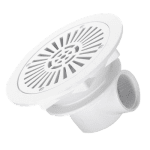






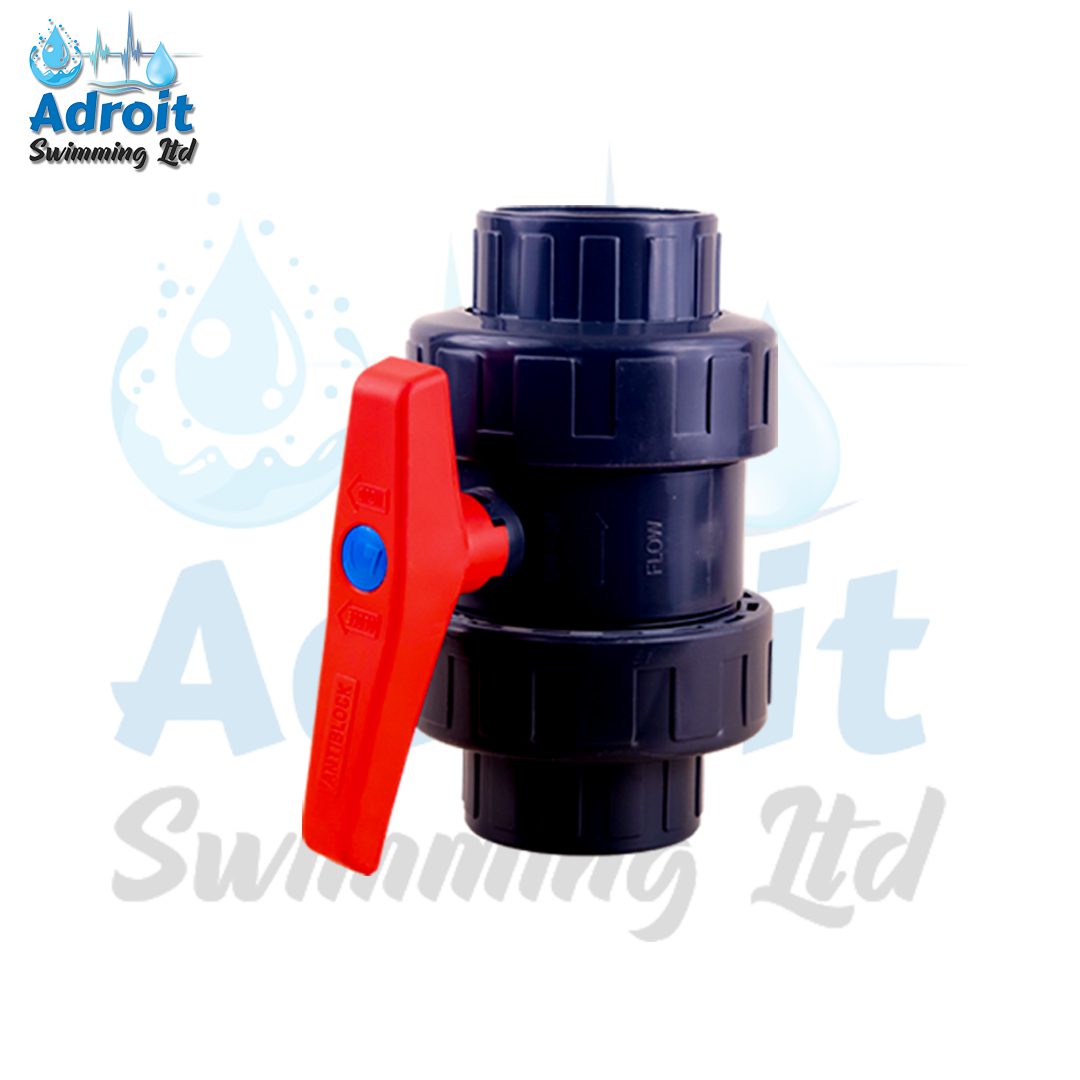
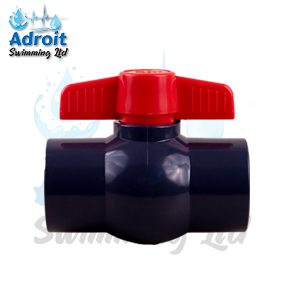
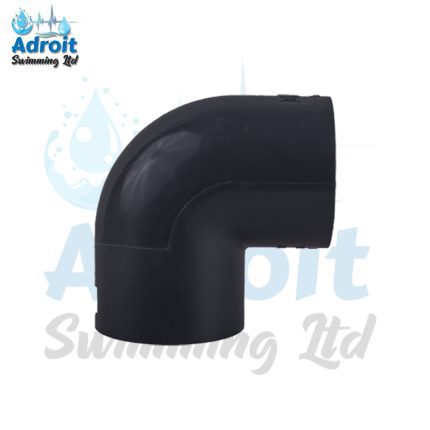
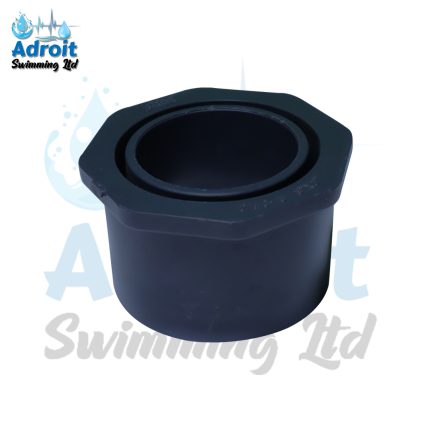
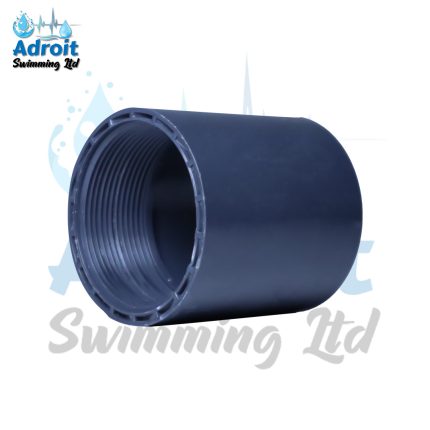
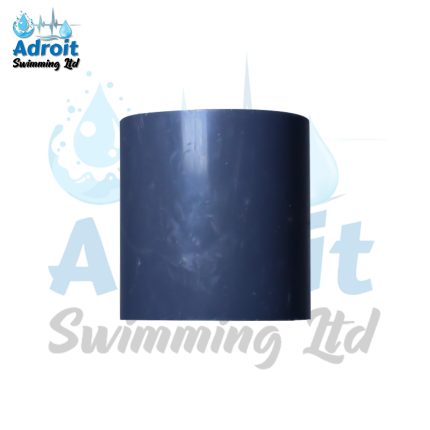

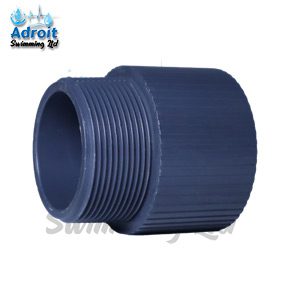
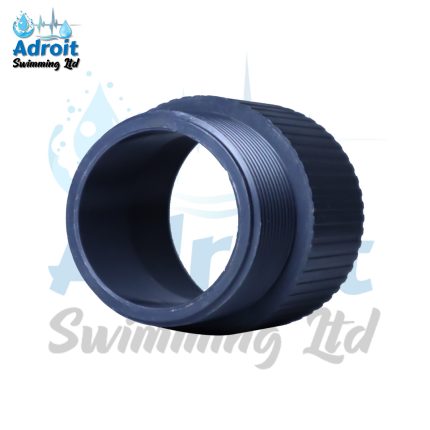



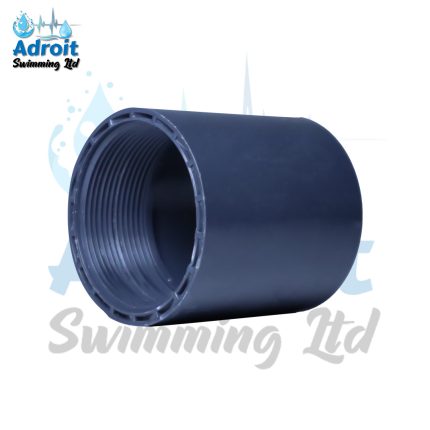
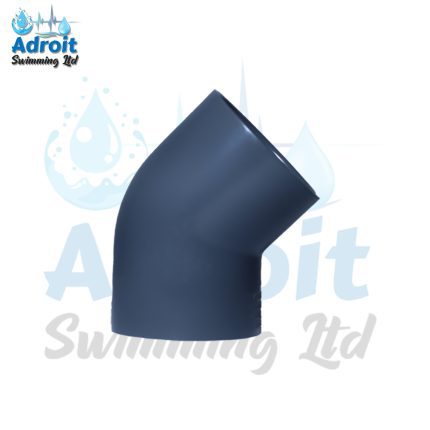
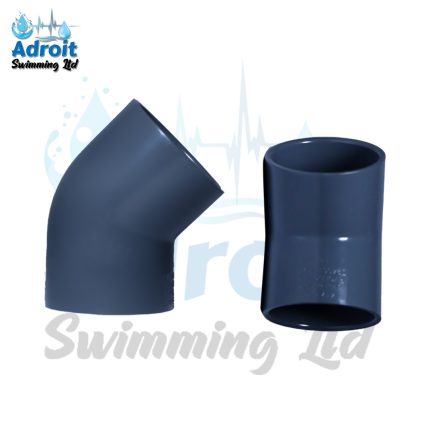

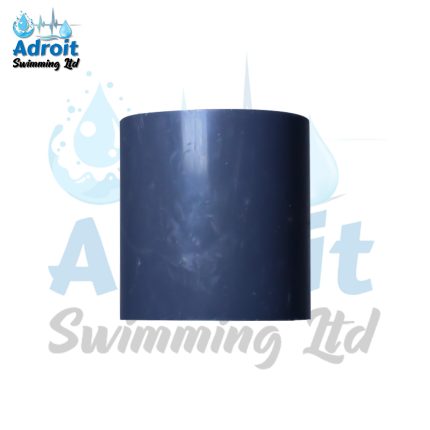
Reviews
There are no reviews yet.